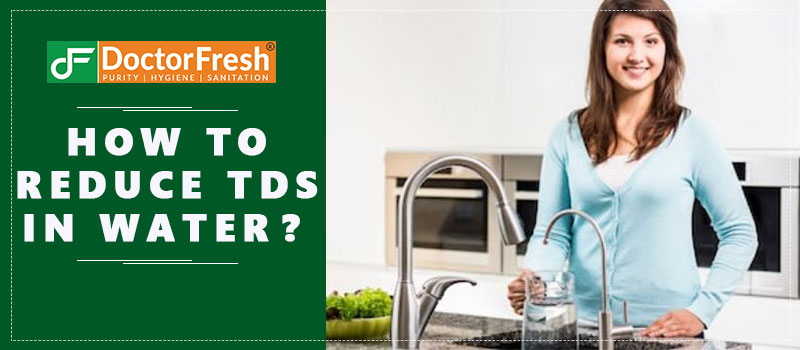What is TDS in Water?
TDS refers to the total concentration of dissolved substances in water, including minerals, salts, and organic matter. It is measured in parts per million (PPM) or milligrams per liter (mg/L). The ideal TDS level for drinking water should be between 50-150 PPM, as recommended by health authorities.
Why Should You Check the TDS Level of Water?
Checking the TDS level helps in:
- Identifying contaminants and impurities.
- Determining the necessity of a water purifier.
- Ensuring water is safe and suitable for drinking.
- Enhancing taste and mineral balance.
Methods to Check TDS Levels of Water
1. Using a TDS Meter (Digital Method)
The TDS meter is an electronic device that accurately measures the TDS level of water.
Steps to Use a TDS Meter:
- Turn on the TDS meter.
- Immerse the meter’s sensor in a glass of water.
- Wait for the reading to stabilize.
- Note the displayed TDS value.
Pros: Quick, accurate, and easy to use.
Best For: Homeowners, industrial use, and water quality testing.
2. Evaporation Method (Manual Method)
This method is useful when a digital TDS meter is unavailable.
Steps:
- Take a small water sample and let it evaporate.
- Observe residue left behind after evaporation.
- More residue means higher TDS levels.
Cons: Not precise and time-consuming.
Best For: Basic assessment without advanced tools.
3. Conductivity Test (Advanced Method)
Since dissolved solids impact water’s electrical conductivity, scientists use conductivity meters to measure TDS levels precisely.
What is the Ideal TDS Level for Drinking Water?
- Less than 50 PPM: Lacks essential minerals, not suitable for drinking.
- 50-150 PPM: Ideal and considered pure.
- 150-300 PPM: Acceptable for drinking but may require minor filtration.
- 300-500 PPM: Requires a water purifier for better quality.
- Above 500 PPM: Unsafe for drinking, needs advanced filtration like RO purifiers.
How to Reduce or Increase TDS in Water?
How to Reduce High TDS Levels?
If your water has a high TDS level, consider these methods:
- Reverse Osmosis (RO) Purifiers: Best for removing excess TDS.
- Distillation: Removes minerals and contaminants.
- Deionization: Uses ion-exchange resins to purify water.
How to Increase TDS if It’s Too Low?
- Mineral Cartridges: Add essential minerals back to purified water.
- Blending: Mixing purified water with natural mineral water.
Choosing the Right Water Purifier Based on TDS Levels
|
|
|
|
|
|
|
|
|
|
|
|
|
|
|
Get Expert Water Purifier Services in India
DoctorFresh offers professional water purifier installation, maintenance, and TDS testing services across India. Our expert team ensures that your home or office has access to safe and clean drinking water.
Conclusion
Knowing how to check the TDS level of water ensures that you and your family consume safe and healthy drinking water. If you need expert assistance, DoctorFresh offers the best water purifier services in India, including installation, maintenance, and TDS testing.
Check your water TDS today! Visit DoctorFresh for professional services.

